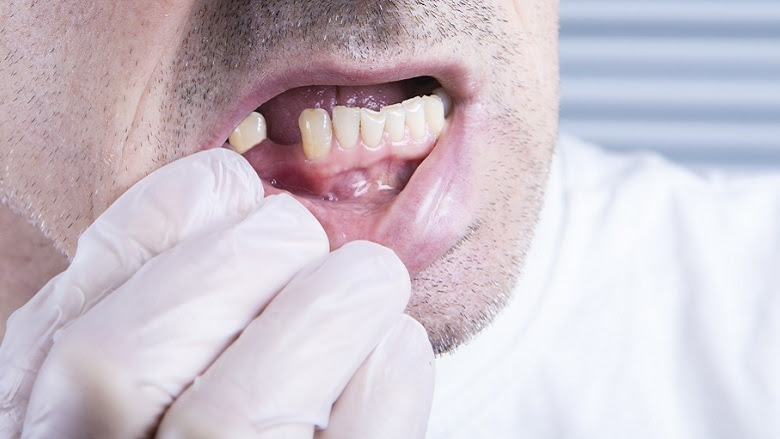Leaving a gap in the space of lost teeth could sound like the easy thing to do, and really what is the worse that could happen? Let me explain.
Consequences of Not Replacing a Missing Tooth
Over time, the teeth next to the missing tooth may shift towards the gap. In such a scenario, the tooth movement can result in poor alignment of the teeth and bite – this known as malocclusion.
Malocclusion can result in:
- Extra strain on the jaw causing jaw aches.
- Difficulty chewing.
- Excessive pressure on certain teeth leading to cracks and broken teeth.
- Increased risk for gum disease and tooth decay.
- All the above.
What can I do?
Here are a few of the most common options:
- A removable partial denture or plate with the missing tooth on it.
- A bridge to replace the missing tooth that is attached to adjacent teeth.
- An implant which consists of a titanium post covered by a crown or denture.
- Orthodontic treatment (where necessary) to distribute spaces correctly and align the bite to give the above prosthetic options more favourable outcomes.
- Orthodontic treatment to close the space of the missing tooth and align the bite to be in perfect occlusion.
Options can be quite confusing therefore it is best to speak to your dentist or orthodontist about your specific needs.


Recent Comments